UK Fungus Day
UK Fungus Day, the annual celebration of our fungal world, promises to offer something for everyone and invites everyone to join in, delve deeper and learn more about fungi.
To put in bluntly, life on earth would not exist without fungi. If it weren’t for the recycling activities of fungi, the world’s ecosystems would soon run out of nutrients. Animals and plants would not exist.
Let’s take this chance to celebrate an enigmatic and often overlooked kingdom of life and showcase some of the research that we do with them at the Hutton. We’d like to highlight the importance of fungi and show that they are more than just mushrooms and moulds.
Why are fungi so important?
There are an estimated 2.2 to 3.8 million species of fungi, and only about 5% have been described. It is likely that there are more fungal species on earth than there are animals or plants. They exist in every environment from the desert to the ocean.
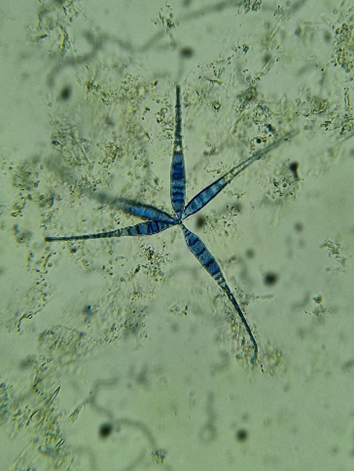
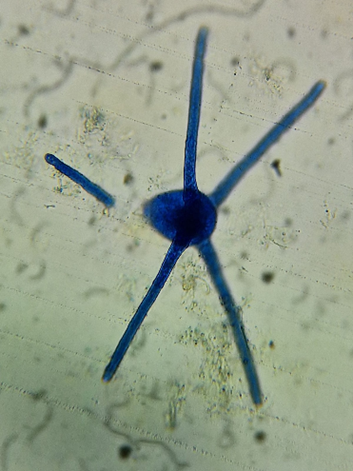
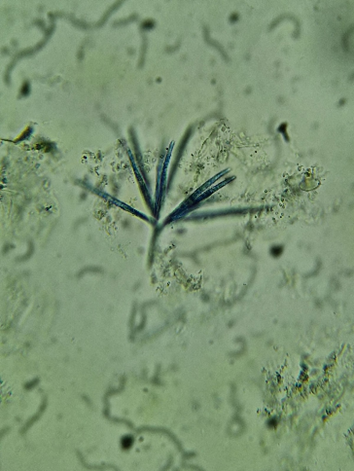
Apart from their diversity they also play a significant role in nature, and in our life. Fungi are decomposers, but they can also be pathogens and parasites, form mutually beneficial symbioses with plants and animals, and some can even ‘hunt’.
The many properties of fungi mean they can be both a problem and a benefit to humans. Fungi can cause mass hysteria such as ergot fungi on grain, while others secreted the first antibiotic. Because of this duality, fungi research is split into two camps – how we defend against them, and how we utilise them and sometimes even promote their growth.
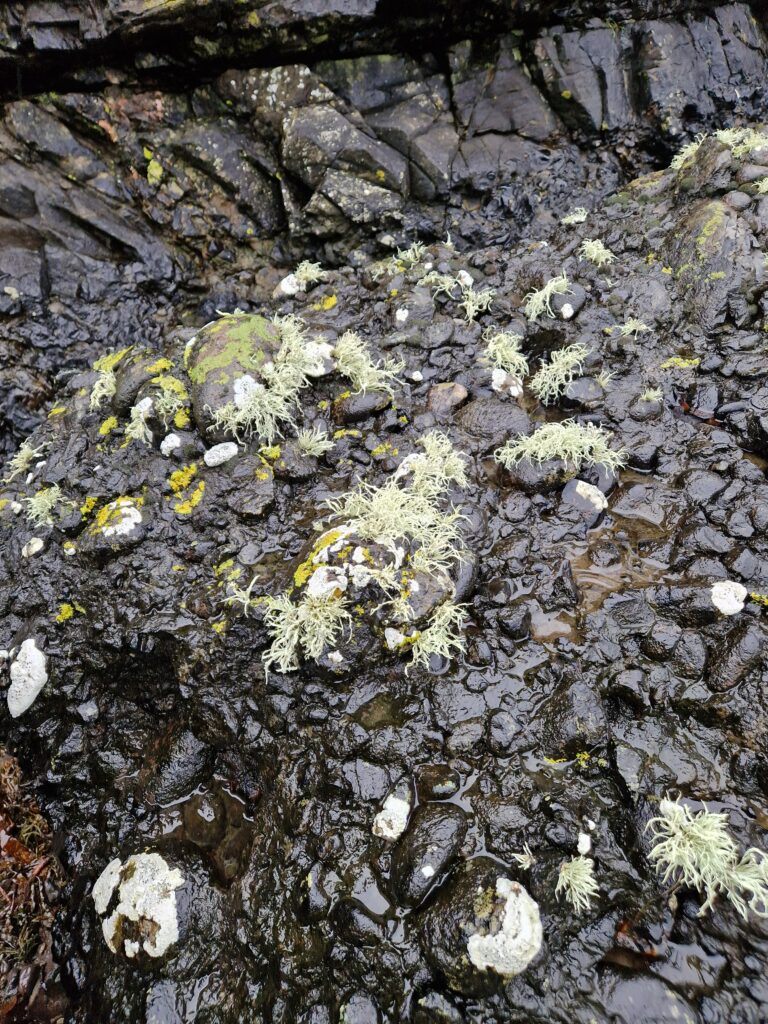
No discussion of fungi can be had without discussing their ability to decompose. Throughout millions of years fungi have developed a suite of chemicals and proteins to break down nearly anything. Fungi are so good at decomposing they can be ‘trained’ to decompose plastics, explosives, crude oil and even rocks.
Because of their decomposing ability they are important for nutrient recycling as well as cleaning up industrially contaminated soil and groundwater. Fungi can be highly specific on what they decompose. Some will only grow on dung, some only on feathers, or specific plants.
But fungi can also cause structural damage to buildings such as dry rot, and some decomposing fungi, like black moulds, are toxic.
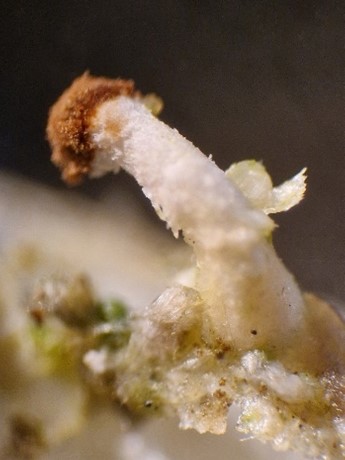
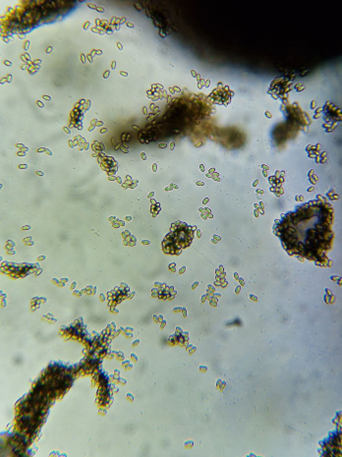
One of fungi’s most remarkable abilities is to form symbioses with plants and animals. Fungi such as those in Glomeromycota, one of eight recognised divisions of fungi, produce symbiotic interactions with nearly 95% of plants and are involved in a complex exchange of nutrients that benefit both parties. A good example is orchids, which are actually incapable of growing without fungi. Some orchids have lost the ability to photosynthesize and now gain all their nutrients from fungi known as mycoheterotrophs. These fungi can improve growth and increase resistance to drought and pests.
Fungi can be parasites and pathogens, which can both be a blessing and a curse. Fungal plant pathogens present some of the biggest challenges that plant scientists are facing. Rusts, mildews, and blights cause massive crop damage every year (photo). Fungi have single handedly wiped out entire industries. For example, they are responsible for panama disease, which has destroyed banana plantations.
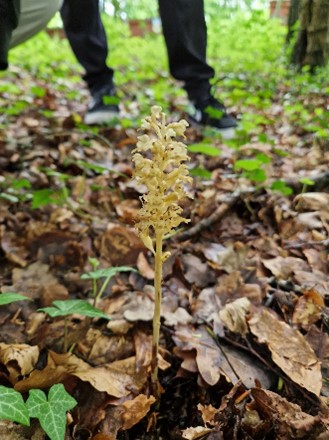
We shouldn’t forget other fungus-like organisms, which don’t have their own designated awareness day, but deserve a mention here. Phytophthora species show similar behaviours to fungi. They deliver effector proteins into host cells to suppress the plant’s immune reactions, threatening both agriculture and the natural environment.
Researchers at the Hutton are world leaders in studying the diversity and interactions of the most notorious plant pathogen, Phytophthora infestans, which causes late blight of potatoes and tomatoes. Their work is also key in understanding and tracking Phytophthora species that impact forests and natural ecosystems and are often introduced via horticultural trade.
Back to actual fungi.
There are pathogenic fungi that can be used to our advantage, such as entomopathogenic fungi, or insect pathogens. They are generally important in controlling insect populations in nature. Fungi such as Beuvaria are used as sprays to kill insects and reduce crop loss through insect damage.

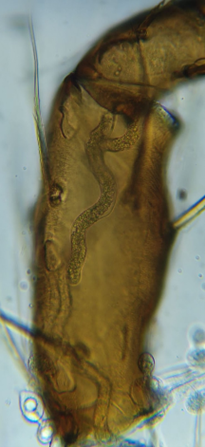
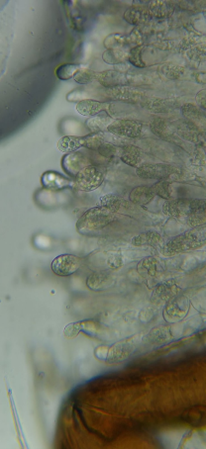
Other fungi attack fungi. This is a large problem in fungi farming, where moulds in the genus hypomyces can wipe out entire button mushroom crops.
On the other hand, hyperparasitic fungi attack and inhibit damage caused by other fungal parasites such as rusts and mildews, providing a promising method of reducing fungal damage on crops.
At the Hutton we are involved in cutting edge research that ranges from using fungi to improve the yield of crops such as barley, to discovering new interactions between fungi and trees, to partnering with industry to produce fungi-based water filters to reduce pollution.
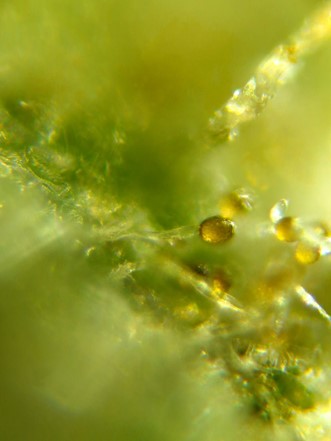
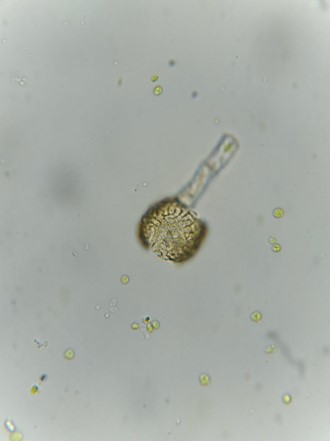
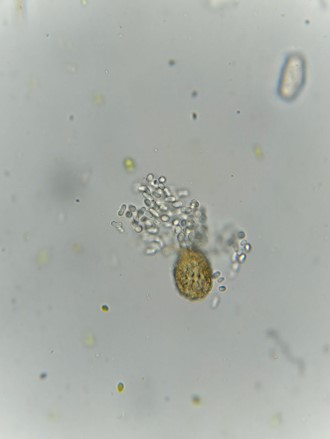
What’s next?
Although it seems that fungi are well understood, this is simply not the case, and we have much to learn, from their ecology to their molecular biology and chemistry. UK Fungus Day is a great way to encourage people to go out and try to understand and learn more about fungi. The diversity that can be found even in the local park will last anyone a lifetime. You can help us understand more about them. There are many citizen science initiatives such as on iNaturalist, https://www.inaturalist.org, the British Mycological Society https://britmycolsoc.org and FunDivehttps://fun-dive.eu/en/home-2/
Further information on some of the current research at the Hutton can be found here
Researchers to harness the power of fungi for water filters – James Hutton Institute
Could a Hidden Fungus Be the Future of UK Farming? – James Hutton Institute
Fight Against Blight | Potatoes in Practice
Blog by Gustaf Fredell, PhD student working with Dr Lorena Rangel, researching fungal-endophytes, fungi that grow within plants without causing harm.
Because the fungi needs the plant to survive, some can improve growth during adverse weather conditions and keep other fungi and animals, that can damage the plant, from getting in or eating it.
Gustaf wants to see if we can utilise these fungi to create better growing and more resilient barley to be used in farming.
